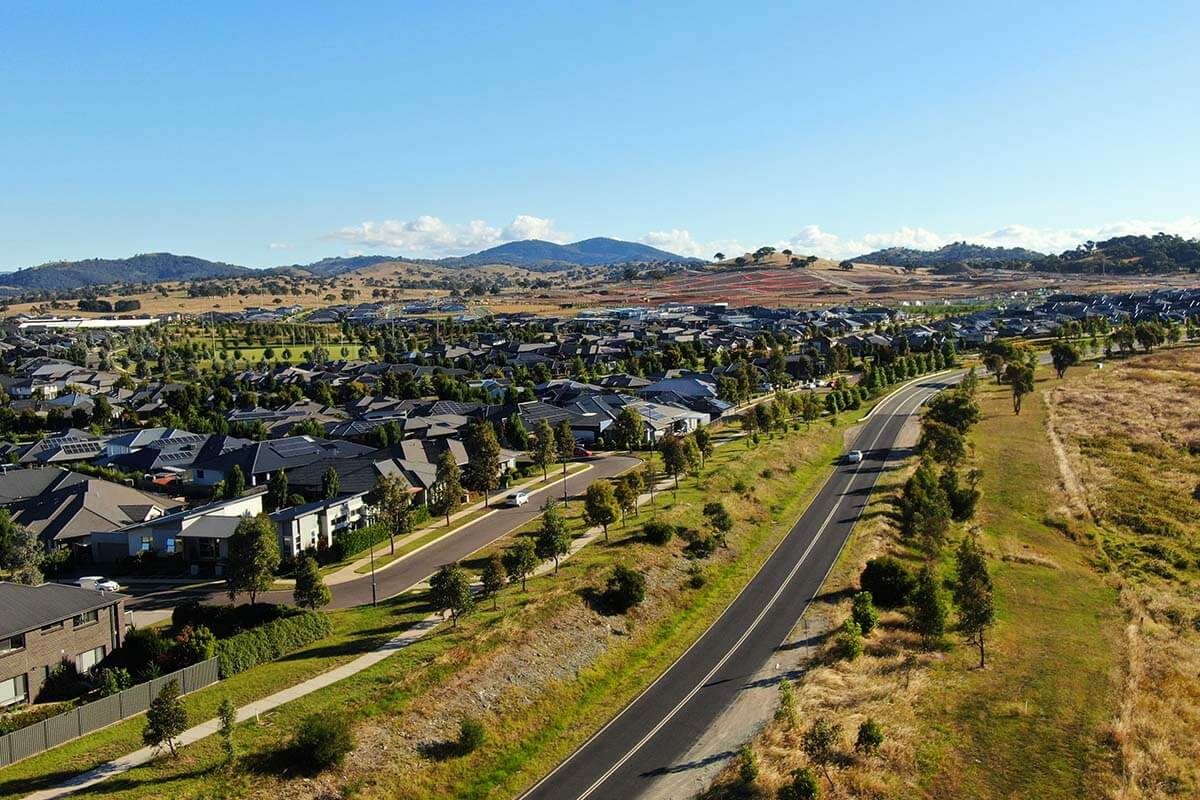What is regionally significant development?
Regionally significant development is larger in investment value, scale and/or complexity. Sydney district and regional planning panels made up of independent experts decide whether to approve this development.
Types of regionally significant development are listed in:
- schedule 6 of State Environmental Planning Policy (Planning Systems) 2021
- specific sections of the Environmental Planning and Assessment Act 1979
- the Environmental Planning and Assessment Regulation 2021.
Typical regionally significant developments include:
- projects with a capital investment value of more than $30 million
- projects with a capital investment value of more than $5 million that are:
- council-related
- lodged for the State of NSW
- private infrastructure and community projects
- eco-tourism facilities.
- extractive industries, waste facilities and marinas
- coastal protection works where there is no certified coastal management program
- certain coastal subdivisions
- projects with a capital investment value of $10 million to $30 million that the applicant refers to the planning panel after 120 days.
Developments in the City of Sydney council area are not regionally significant.
What is a planning panel?
Planning panels independently decide if regionally significant development applications are approved. They may also be involved in strategic land-use planning applications, for example, on Aboriginal land.
NSW has 9 planning panels: 5 for the Sydney district and 4 for regions. The Sydney district panels are central city, northern city, eastern city, southern city and western city. The regional panels are Hunter Central Coast, northern, western and southern.
Each panel has at least 3 members: a chair and 2 regular members appointed by the Minister for Planning. Local councils may nominate another 2 members.
For more information, see Sydney district and regional planning panels.
When are regionally significant developments identified?
A local council may identify a project as regionally significant before or after a development application is lodged. The council assesses the application and shows it to the public as usual but then presents its findings to the planning panel instead of its own council officers for approval.
Faster assessments
We have been testing ways of speeding up development assessments of regionally significant projects. The aim is to unblock important developments, such as housing.
Phases 1 and 2 of our pilot program have involved councils that are responsible for 30% to 40% of all regionally significant development applications in any one year. We chose councils based on these criteria:
- high volumes of regionally significant development applications in the past and expected in future
- capacity to speed up assessments or maintain already optimal timeframes.
The pilot councils have sped up their assessments by 30%, double that reported by other councils. We expect to extend the program in 2023.
The pilot councils are:
- Bayside
- Campbelltown
- Canterbury–Bankstown
- Central Coast
- Cumberland
- Willoughby
- Lake Macquarie
- Liverpool
- Newcastle
- Randwick
- Sutherland Shire
- The Hills Shire
- Waverley
- Blacktown
- Burwood
- Camden
- Georges River
- North Sydney
- Parramatta.
More information
For more information, email the Regionally Significant DA team at [email protected]
